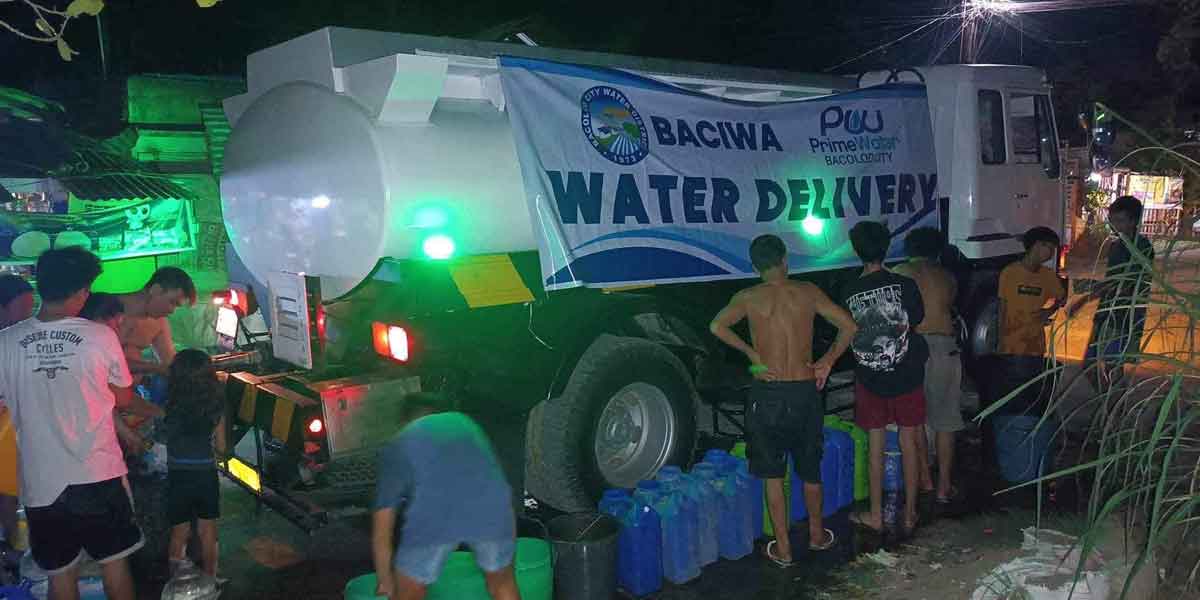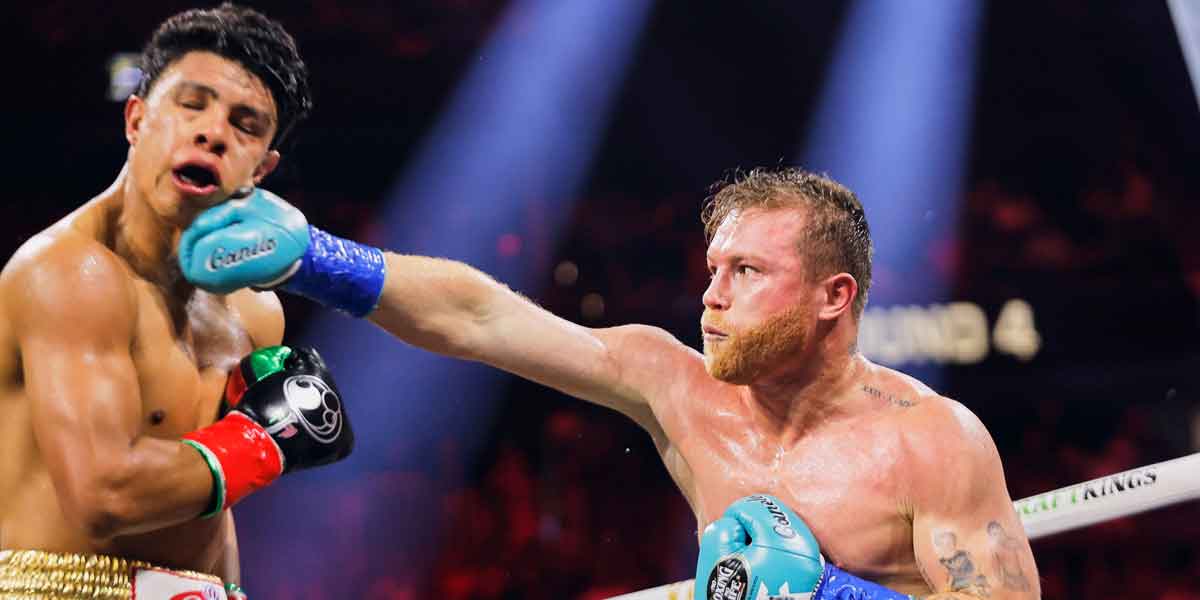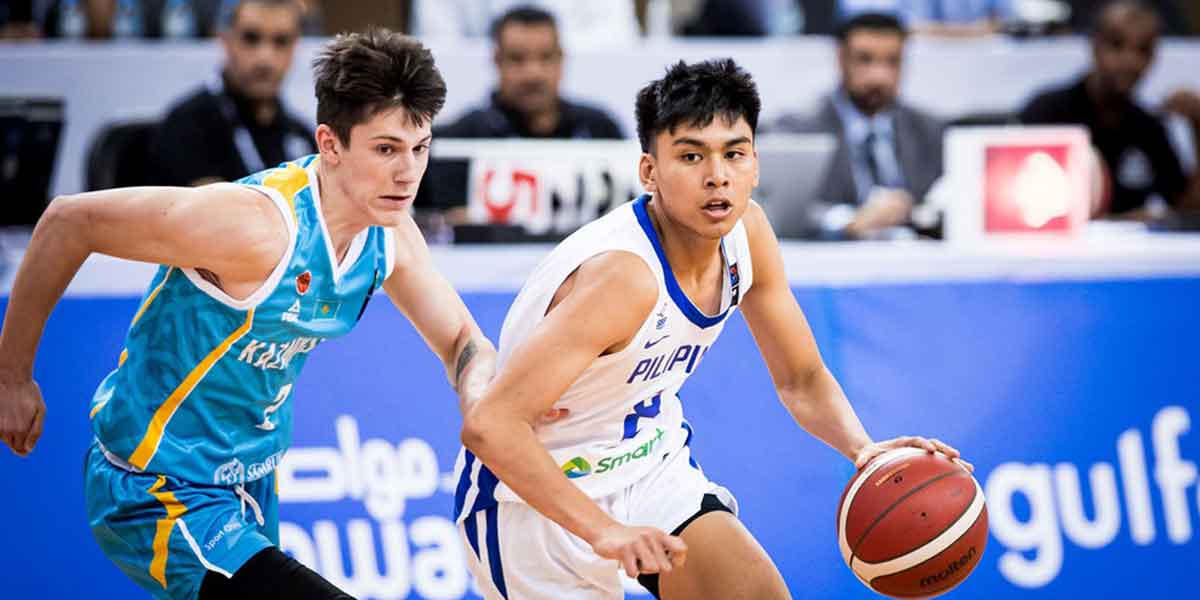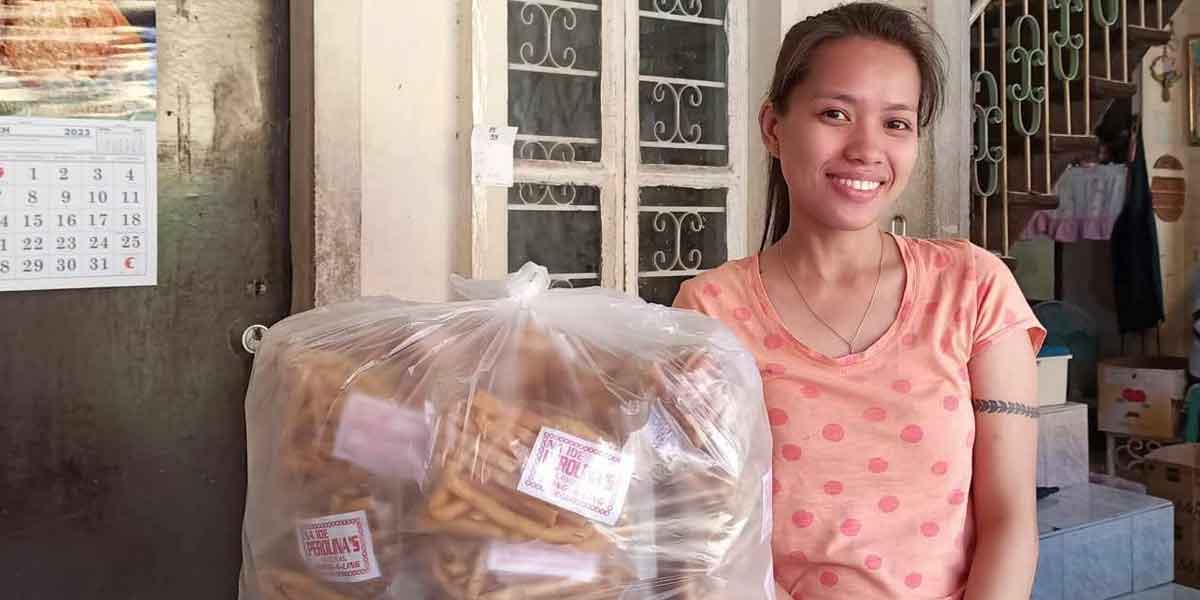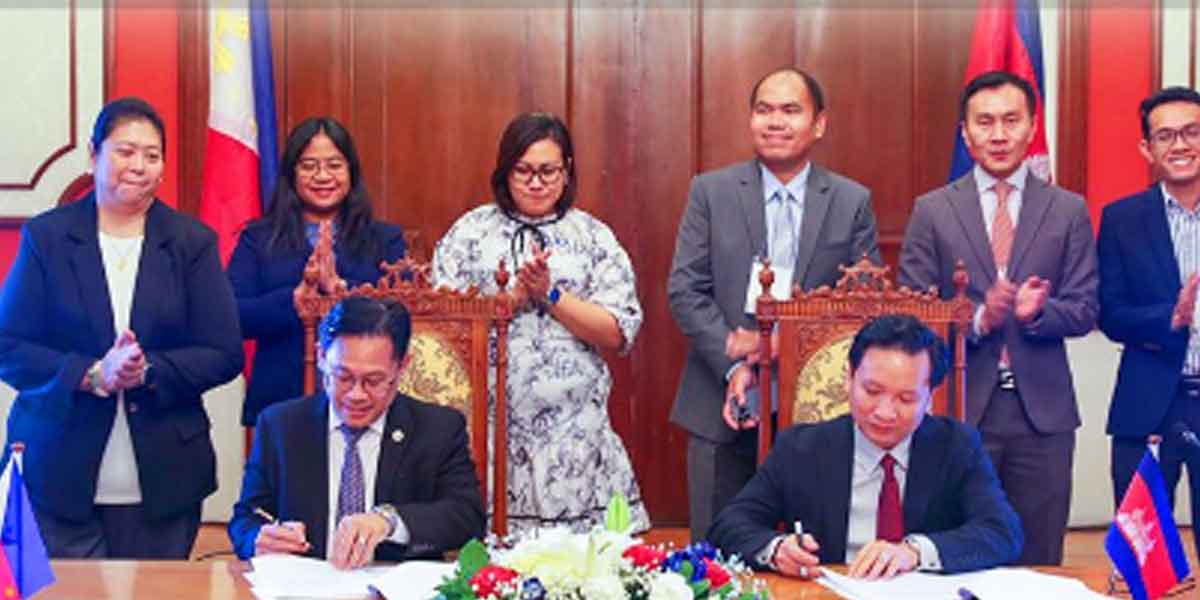 By Modesto P. Sa-onoy
By Modesto P. Sa-onoy
World War II in the Pacific took over four years. In the Philippines, it began on December 8, 1941 and ended on August 15, 1945. However, just days after the surrender of the Philippines on May 6, 1942, the Japanese victories were already stopped when it failed to take Port Moresby and invade Australia. The Japanese did bomb Darwin, the northernmost city of Australia but that was it.
From there onwards to August 15, the Japanese forces were on the defensive and retreat. The Japanese air forces’ surprise attack against Pearl Harbour crippled the US Navy and air force and compelled the depleted forces to stay away from the Philippines which was left to fend for itself.
On August 6, 1945, at 8:15 in the morning in Japan, the United States dropped and detonated an atomic bomb, called Fat Boy, over the Japanese city of Hiroshima. Sixteen hours later, American President Harry S. Truman called again for Japan’s surrender, warning them to “expect a rain of ruin from the air, the like of which has never been seen on this earth.”
There was no response from Japan. Its ally in Europe vanished after Germany surrendered on May 8, 1945. Hitler had committed suicide on April 30 while many of his generals had started to escape the Allied cordon around Berlin. Japan was now alone.
Late in the evening of August 8, 1945, in accordance with the Yalta agreements, but in violation of the Soviet–Japanese Neutrality Pact, and knowing that the days of Japan were numbered, the Soviet Union took the opportunistic move and declared war on Japan. Soon after midnight on August 9, 1945, it invaded and took Manchuko or Manchuria.
After waiting in vain for a Japanese response despite the first atomic bomb obliterated Hiroshima and killed outright over 70,000 Japanese, the United States dropped a second atomic bomb just hours after the Russian declaration of war against Japan. Russia at the time was an American ally in the war against Germany.
The second atomic bomb was dropped on the Japanese city of Nagasaki, killing as many as in Hiroshima and wiping out all structures, concrete melting from the atomic heat.
After the second bomb, Emperor Hirohito intervened and ordered the vacillating Supreme Council for the Direction of the War to accept the terms the Allies had set down in the Potsdam Declaration for ending the war. Potsdam, capital of the Federal State of Brandenburg, was the venue of the meeting of Allied leaders at war with Japan. Meeting on July 26, 1945 were United States President Harry S. Truman, United Kingdom Prime Minister Winston Churchill, and President Chiang Kai-Sek of China. Russia was not yet at war with Japan.
The Potsdam Declaration (Proclamation Defining Terms for Japanese Surrender), called for the unconditional surrender of all Japanese armed forces and the Empire. The Potsdam ultimatum stated that, if Japan did not surrender, it would face “prompt and utter destruction.”
After the first bomb, it took several more days of behind-the-scenes negotiations by the Japanese military and political leaders to decide. A group of fanatical military officers who refused to surrender staged a coup but the attempt failed. Thereupon, Hirohito whose fate and that of Japan was the main issue of the division, gave a recorded radio address across the Empire on August 15. In the radio address, the first time his people heard his voice, the Emperor announced the surrender of Japan to the Allies and the acceptance of all the unconditional terms of surrender.
On August 28, the occupation of Japan led by the Supreme Commander for the Allied Powers, General Douglas MacArthur began. On September 2, the surrender ceremony was held aboard the United States Navy battleship USS Missouri, at which officials from the Japanese government signed the Instrument of Surrender. General MacArthur and the military commanders representing the Allied Powers at war with Japan also signed the document.
A special signatory was Lt. General Jonathan Wainwright, the American commander who took over the fighting against Japan in the Philippines after MacArthur left the Philippines for Australia in February 1942 to organize a counter-offensive.
The ceremonies over, the war in the Pacific officially ended.
Lt. General Takaishi Kono who commanded the Japanese forces in Negros and Panay surrendered on August 30.


